What Makes Takopi's Original Sin So Good and Why You Should Watch It
In a sea of predictable anime with charismatic heroes and fantastical worlds that often avoid exploring the darker sides of the human condition, Takopi's Original Sin stands out as something truly unique. At first glance, its colorful visuals and the main character, a pink alien octopus named Takopi, seem to promise a cheerful, lighthearted story.
But don’t be fooled.
This is a dark, emotional, and brutally honest narrative about pain, abuse, regret, and the search for happiness in a cruel world. And I wasn’t expecting any of it when I started watching.
Warning: Beware of spoilers in this article.
A Surprisingly Mature Narrative
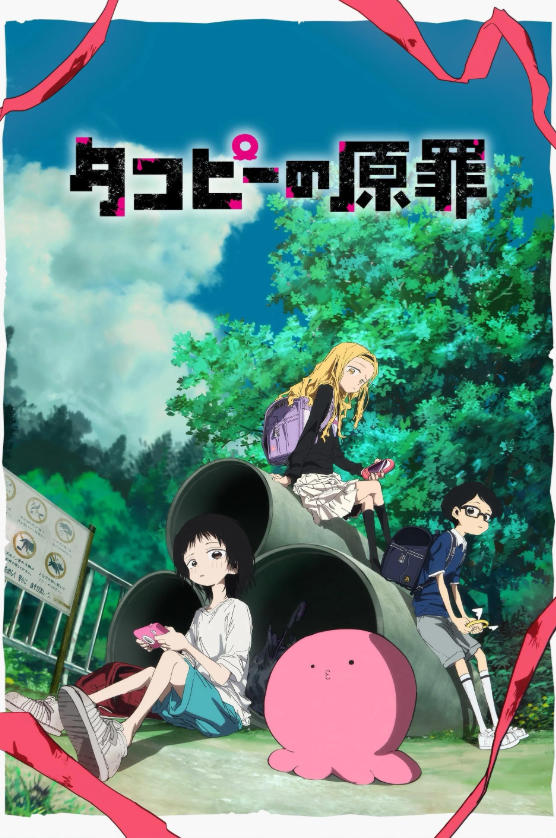
The story centers on Shizuka Kuze, a girl neglected by her mother, abandoned by her father, and constantly bullied at school. Her only friend is her dog, Chappy. When she meets Takopi, an alien from “Planet Happy” whose sole mission is to “make people happy,” things take an unexpected turn. Using his “Happy Gadgets,” Takopi tries to help but repeatedly fails.
Takopi doesn't understand human pain. Coming from a utopian world, he believes everything can be fixed with a talk, a hug, and a smile. But he’s soon faced with the harsh reality of emotional and psychological suffering.
The turning point comes when... Shizuka commits suicide. This event is not just a major narrative twist, but also the beginning of Takopi’s emotional awakening. He decides to use a special time-traveling camera to go back and “fix” things, but each attempt only reveals how deep and complex human suffering truly is.
This structure, which plays with timelines and perspectives, adds a tragic sense of inevitability to the story. There are no one-dimensional villains. No easy fixes. Only consequences.
Memorable and Realistic Characters
Shizuka Kuze
Shizuka is the emotional core of the story. Her arc is a painfully realistic depiction of what neglect and abuse can do to a child. Her suffering is quiet and constant, and at times, nearly unbearable to witness. Her desperate longing for connection and the moment she finally voices her pain are deeply moving. Shizuka speaks for millions who have never been heard, and that’s likely why so many viewers relate to her.
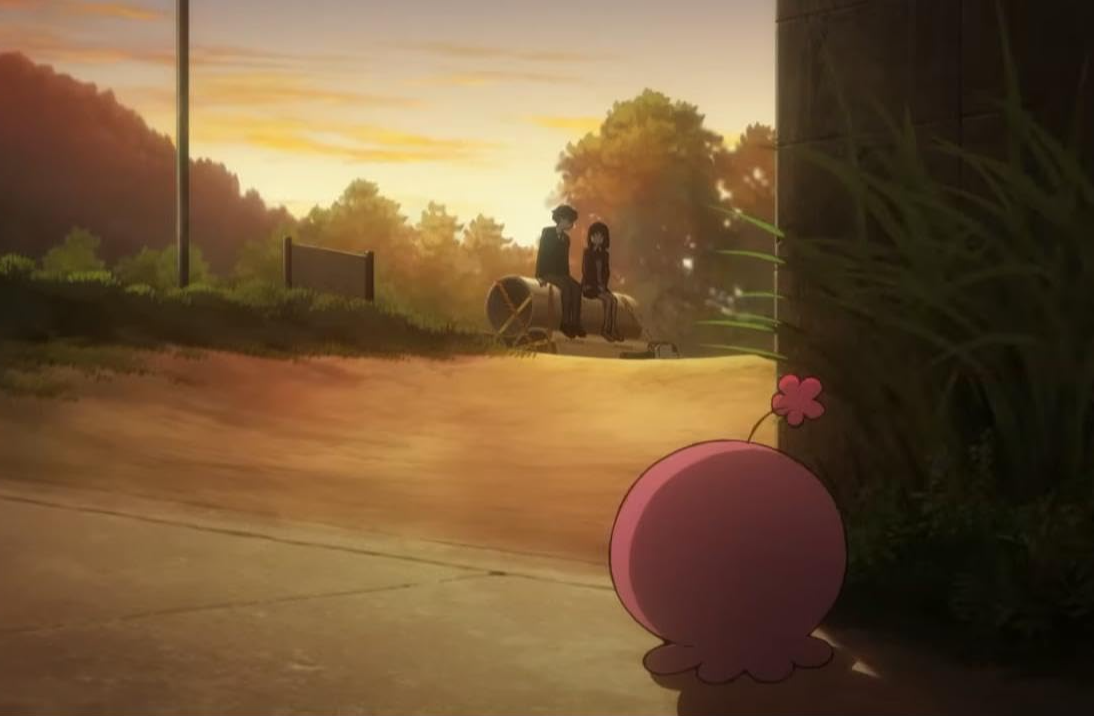
Takopi
Takopi is almost a symbol of innocent but misguided good intentions. He wants to help, but doesn’t know how. His emotional growth is both heartbreaking and inspiring, culminating in a sacrifice that is as devastating as it is hopeful.
In the end, he realizes he can’t fix everything, but he can be a bridge between broken hearts. He doesn’t save the world... but he does save someone.
Marina Kirarazaka
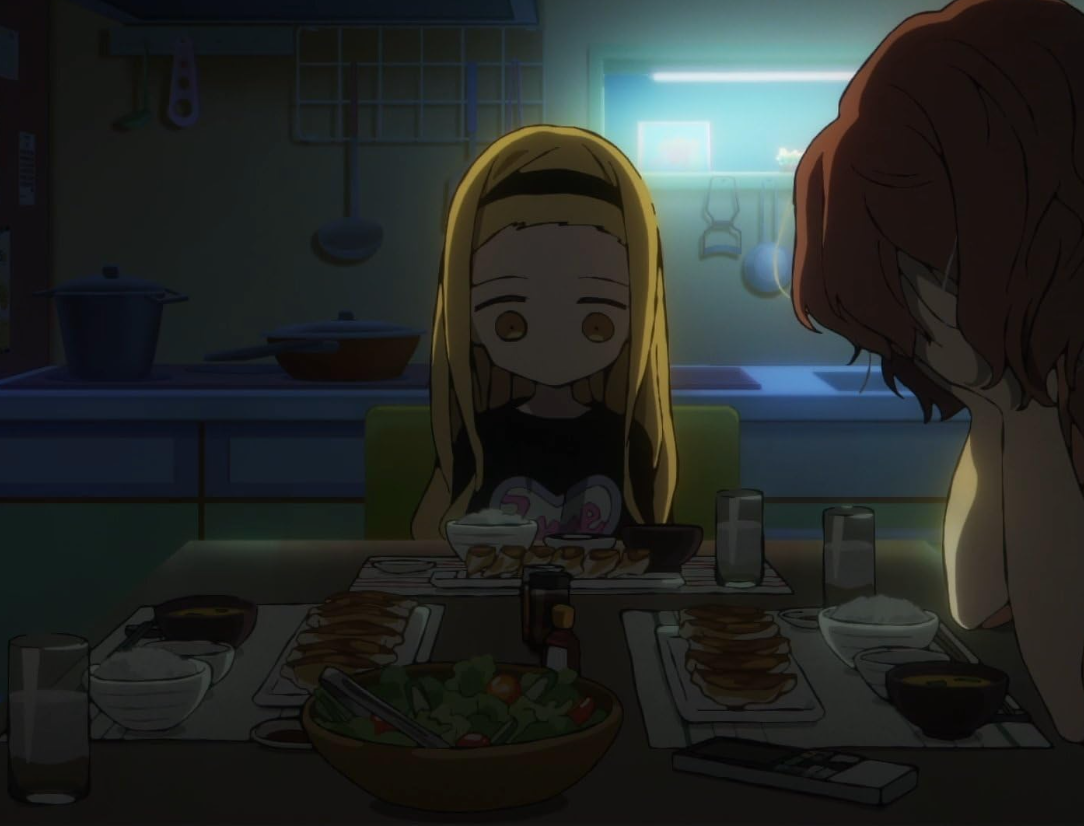
Marina initially comes across as a cruel antagonist, but it quickly becomes clear that she’s also a victim. Her anger toward Shizuka stems from her own chaotic home life and an inability to cope with it. What first appears to be hatred is really misdirected pain. Her arc is one of the deepest in the series, showing how unaddressed trauma can fuel cycles of violence.
Naoki Azuma
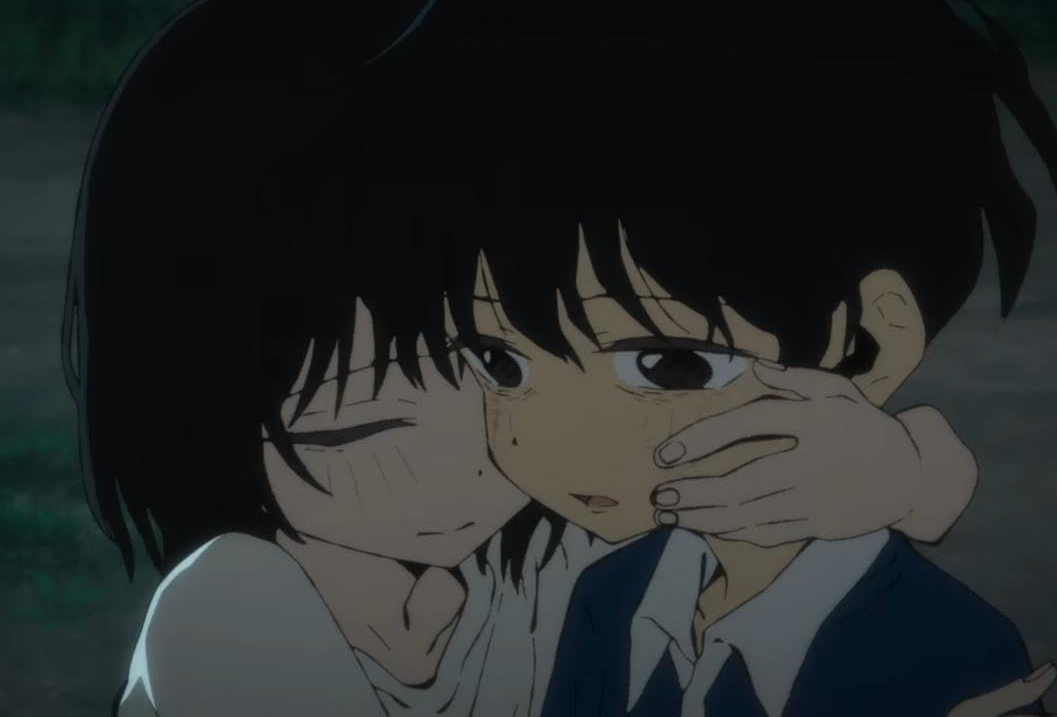
Azuma appears to be the most stable character until we learn about his internal struggles. Pressured by a demanding mother and constantly compared to his brilliant older brother, he’s driven by a need for validation. His obsession with Shizuka is rooted in his desire to be seen and acknowledged.
Azuma grows significantly throughout the story. In the end, he finds his own path by breaking free from those emotional chains.
Art Style and Expectations vs. Reality
Visually, Takopi's Original Sin breaks from convention. Its simple, almost flat art style evokes the feel of old-school anime, and it works beautifully. The cool color palette and absence of flashy effects give it a raw, grounded tone. The soundtrack is equally effective: subtle and often silent, allowing the emotions of each scene to stand on their own.
The series also pulls off something rare: it misleads you with sweetness. The opening feels like it belongs to a children's anime, but reality soon sets in. The contrast between the cute designs and the heavy subject matter is intentional and powerful.
Much like Puella Magi Madoka Magica did in the past, Takopi draws you in with its charming visuals and holds you with its thematic weight.
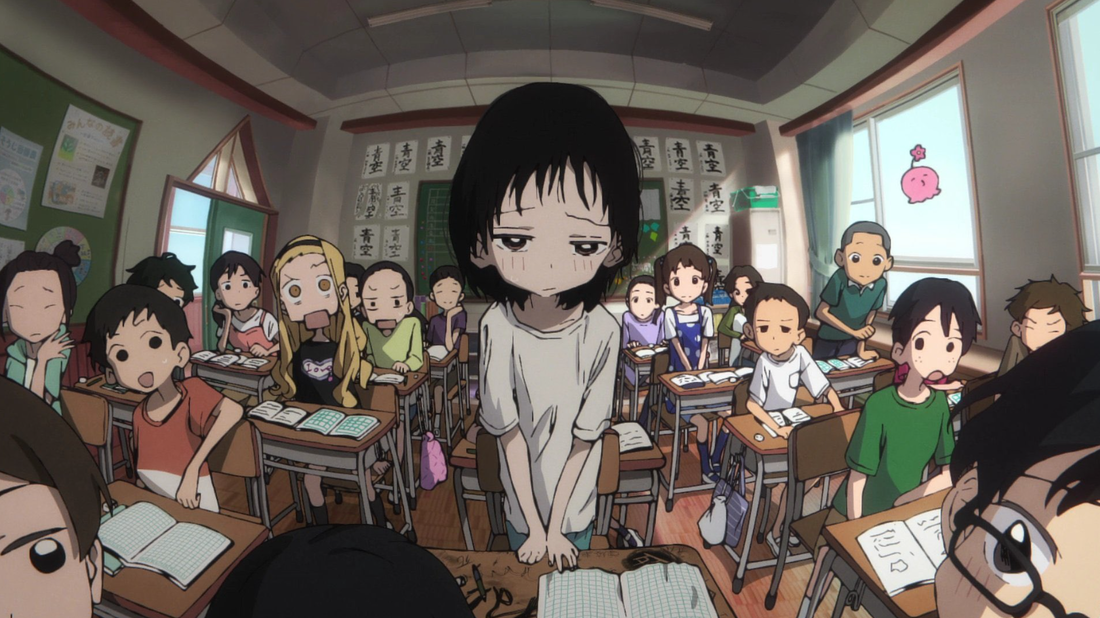
The Ending We Needed
The series finale doesn’t tie everything up neatly. There’s no full redemption. Toxic parents remain, emotional scars linger, and the pain doesn't vanish. But something new is introduced: hope. Shizuka and Marina come to understand each other. Azuma finds his own way. Most importantly, they all learn that while there’s no magic gadget to fix everything, real change becomes possible when you have someone to share the burden with.
As some viewers have put it: “Sometimes, all someone needs is another person to hold their hand.”
Breaking Down the Ending of Takopi's Original Sin
The Time Sacrifice Theory
From the very beginning, the story makes it clear that death cannot be undone. This implies that with every timeline reset, someone must die. This concept comes to a head with Takopi’s final sacrifice, in which he gives up his life so that Marina, Shizuka, and Azuma can have a chance at healing.
There is no typical “happy ending.” There is only one possible ending: one where the children survive, even if it costs them their only alien friend.
Fragmented Memories
Even though Takopi disappears physically, he lives on in the fragmented memories of the girls. These moments suggest that, even if they can’t recall everything consciously, something deep inside has changed because of him. He remains their emotional catalyst. Takopi himself becomes the most important “gadget” of all: someone who listened, cared, and never gave up.
The Bond Between Marina and Shizuka
The final scene, where Marina and Shizuka are together after the time skip, is bittersweet. They’re still in dysfunctional homes, their problems unresolved, but now they have each other. They both recognize somehow that they shared something meaningful with Takopi, and that connection unites them. For the first time, they can talk and laugh, even with the scars they carry.
Azuma’s Growth
Naoki Azuma might be the character who grows the most quietly. After years of pressure, he finally breaks the cycle. His emotional distance from Shizuka at the end shows that he no longer seeks her approval (or his mother’s). He makes new friends, rebuilds his relationship with his brother, and begins to walk his own path. Perhaps this growth, too, was made possible by the impact Takopi left behind.
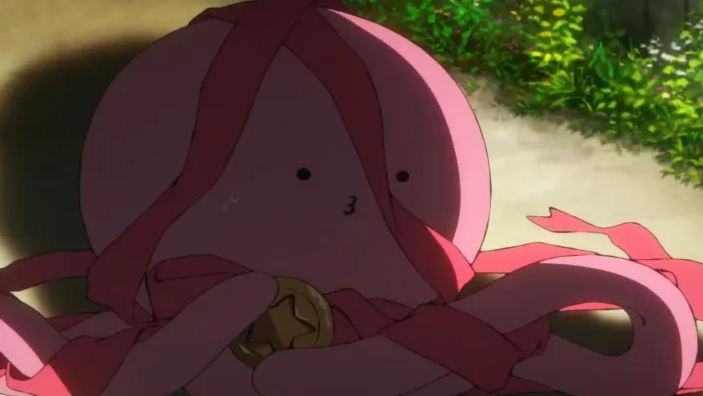
Conclusion: Why You Should Watch Takopi's Original Sin
If you're looking for an anime that truly stands out, one that challenges your emotions and your understanding of what anime can be, Takopi's Original Sin is essential viewing. But be warned: it’s not an easy watch. It’s heavy, painful, and reaches deep into emotional wounds. Yet, it delivers one of the most raw and human experiences anime has offered in recent years.
The series doesn’t hand you neat answers. Instead, it ends with an open invitation to reflect. Rather than showing a “correct” timeline, it reminds us that there is no perfect outcome; only different paths to healing and reconnection. This narrative decision reinforces the story’s core message: to live with scars, but still find meaning and connection despite them, is a resolution as valid as any other.







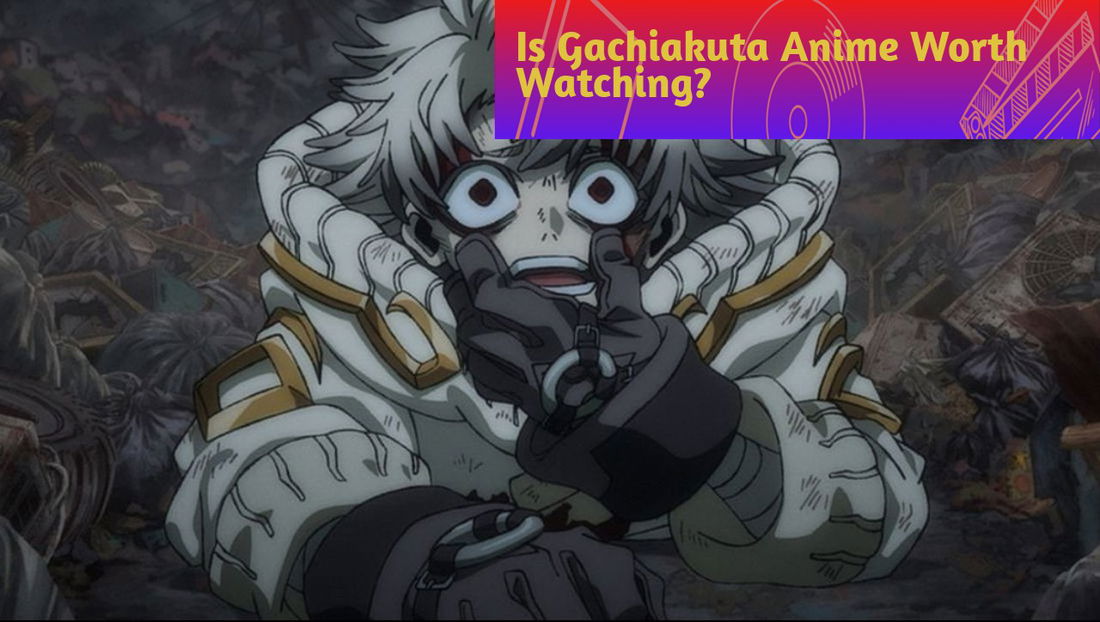
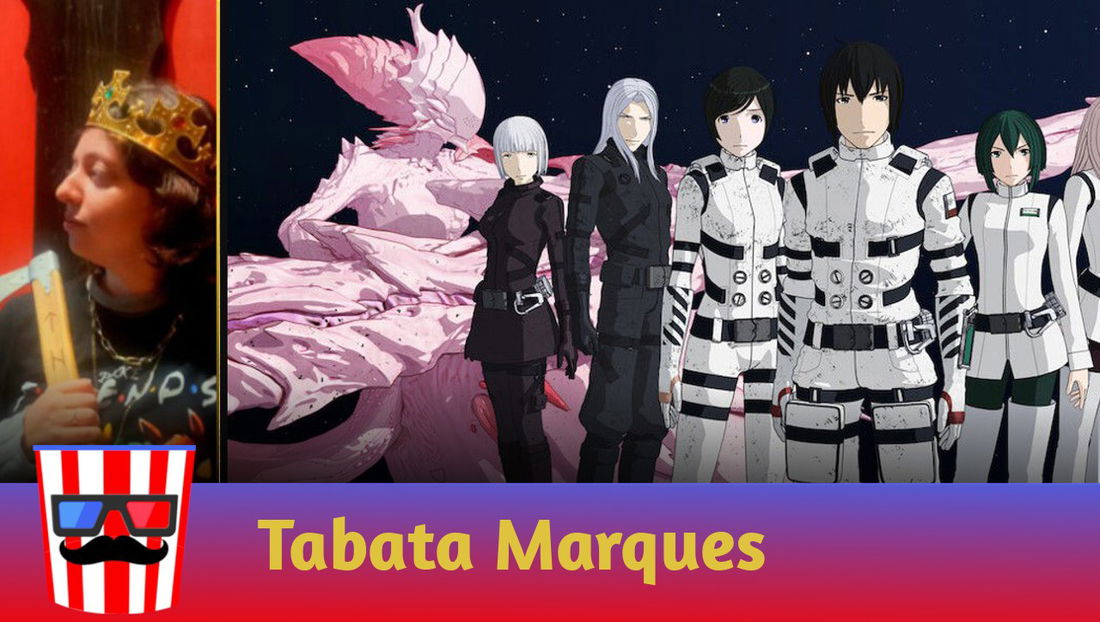



— 코멘트 0
, 반응 1
첫 댓글을 남겨보세요